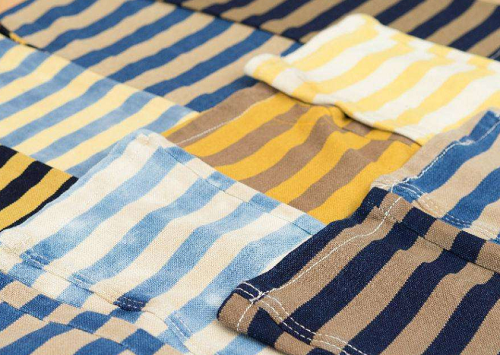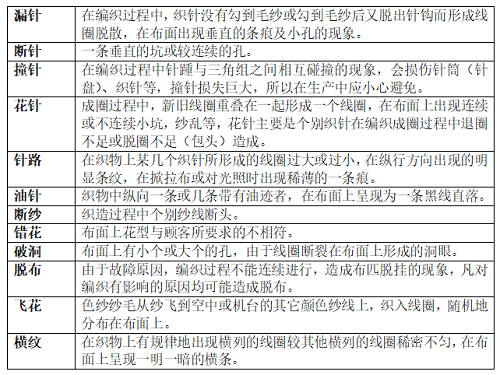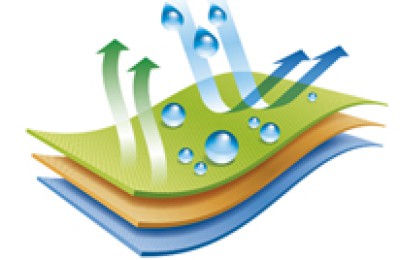After entering the autumn and winter seasons, most of the clothes everyone wears are knitted, such as various sweaters or knitted coats. Clothes made of wool are inherently warm and light-weight. They are fabrics It is incomparable. In addition, even if the knitted fabric is heavy, it will not feel bulky when worn on the body, and it is comfortable and light to wear. Knitted fabrics are very popular in winter, but this kind of fabric is very difficult to produce when it is produced. Various problems are prone to occur, so let’s talk about the defect analysis of knitted fabrics.

Knitting Fabric Defect Analysis
For example, during the weaving process, if there is no hooking of wool yarn, threading will occur, and a vertical stripe and small hole will appear on the cloth surface. In this case, it must be carried out Analyze whether it is the needle or the poor position of the yarn feeder. If it is the needle, it is mostly because the needle latch length is different or the needle size is different. All you need to do is to change the needle. Generally, the problem occurs after replacing it with the same one. This solves the problem. If the position of the yarn feeder is too high or too low, the phenomenon of missing stitches will also occur. In this case, it is relatively simple to adjust the position.

yarn Thread problems
In addition, when we analyze knitted fabric defects, not all problems are caused by machine failures. Sometimes, if there is a problem with the quality of the yarn itself, it will also affect the finished product, such as in crocheting. During the process, the fabric that comes out has continuous small pits or the yarn is messy. At this time, you can check whether the yarn is uneven and the thicker yarn among the multiple strands of yarn cannot come out. This phenomenon of scattered needles will occur when the yarn position is deviated. In this case, the thick thread can only be tied up manually. If the material still does not work, you must consider changing the yarn to solve the problem.



